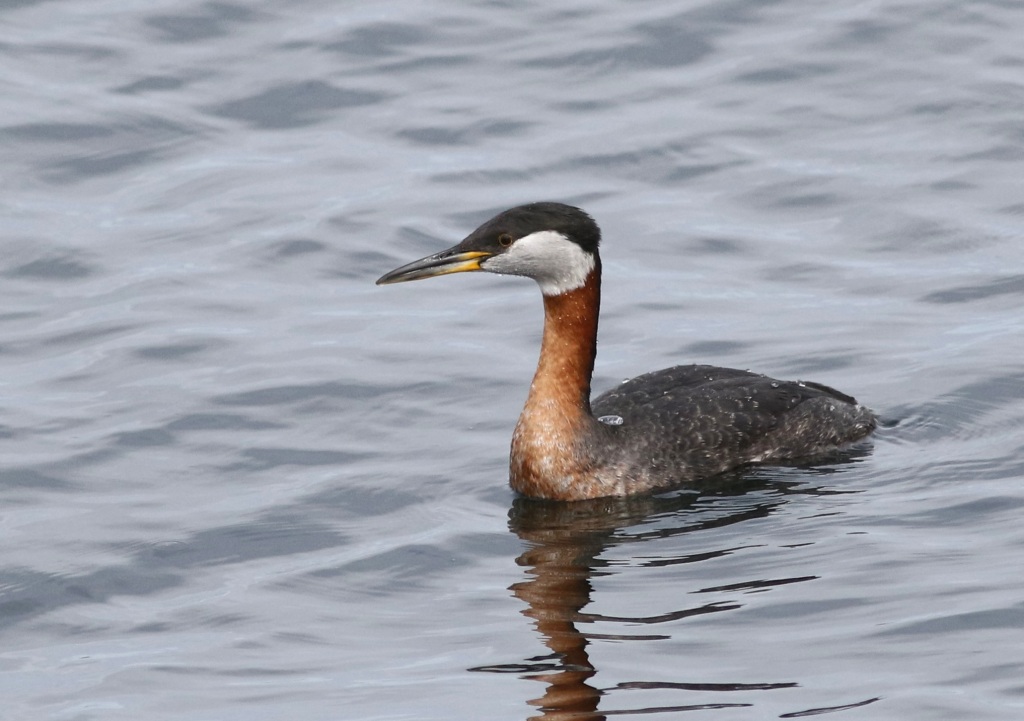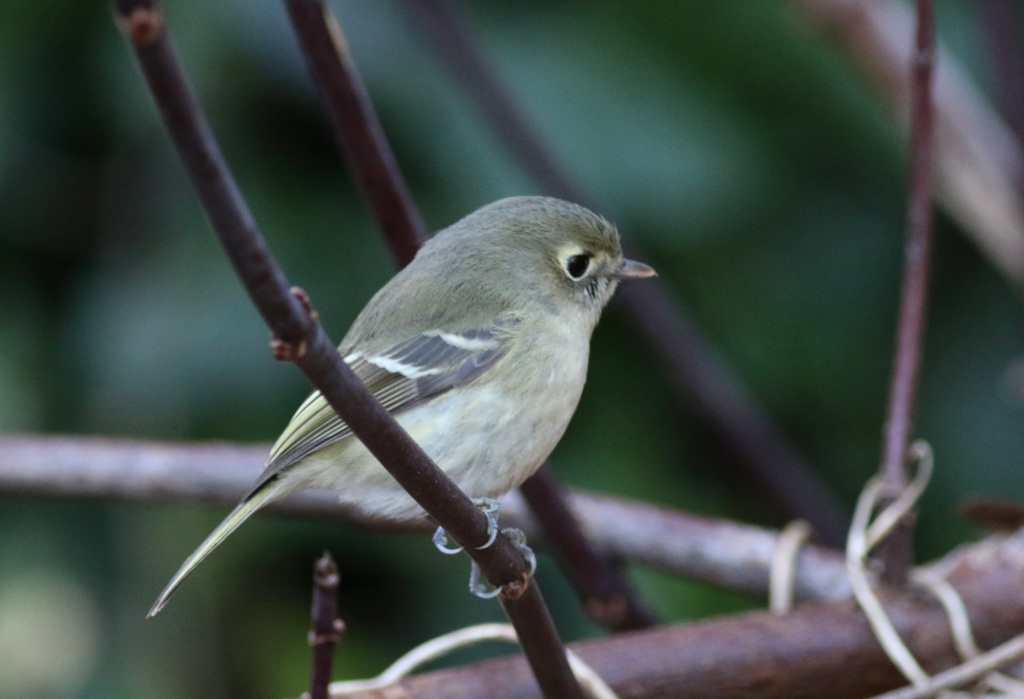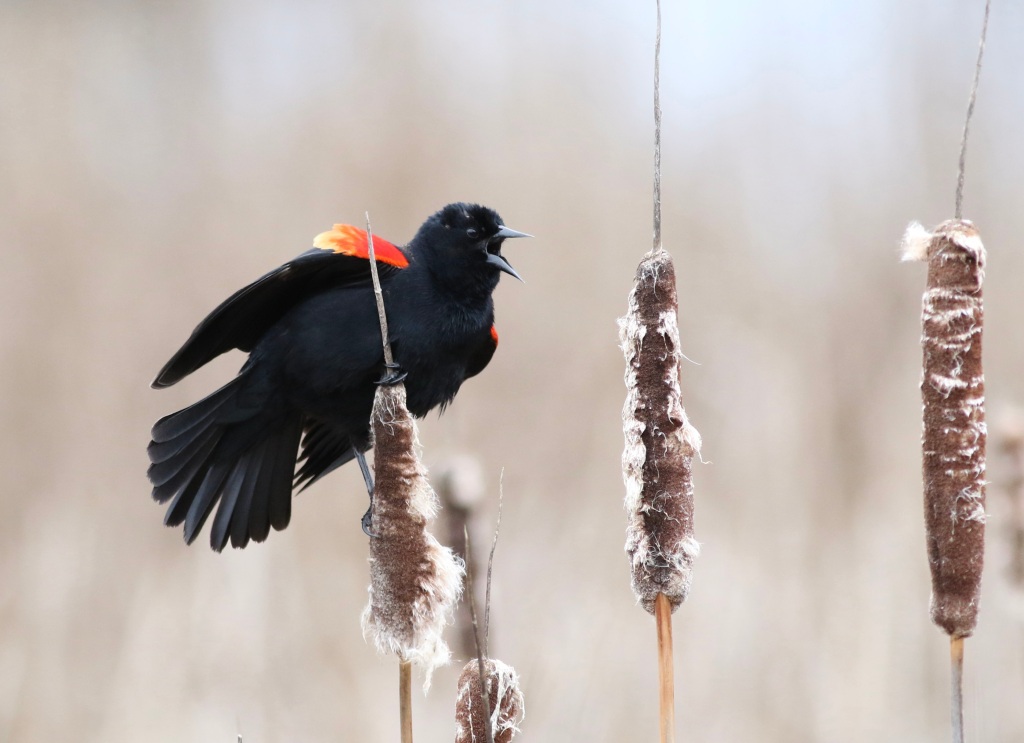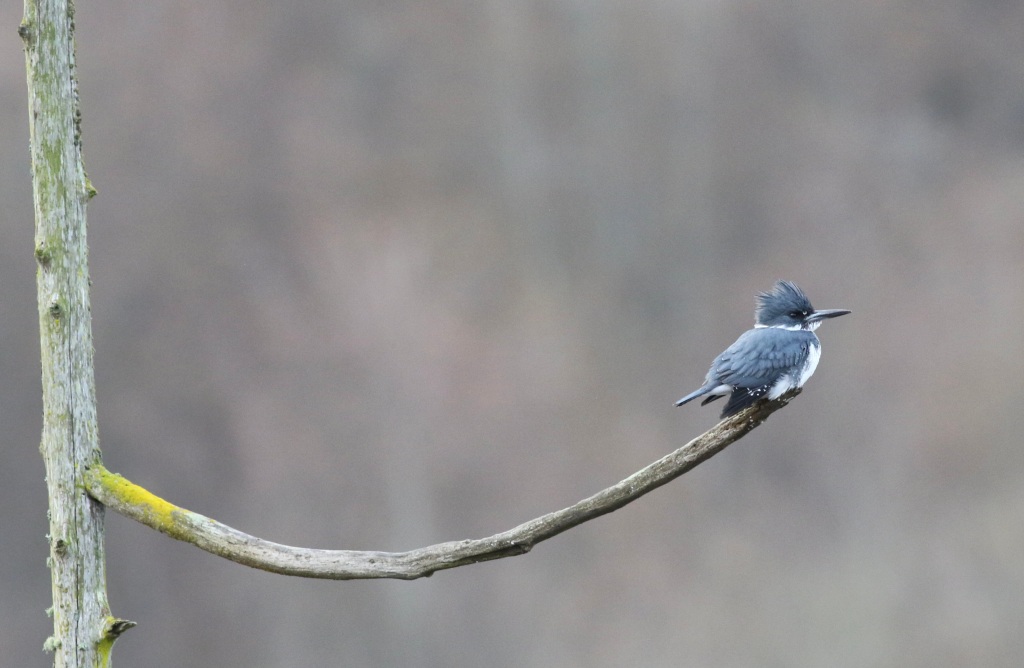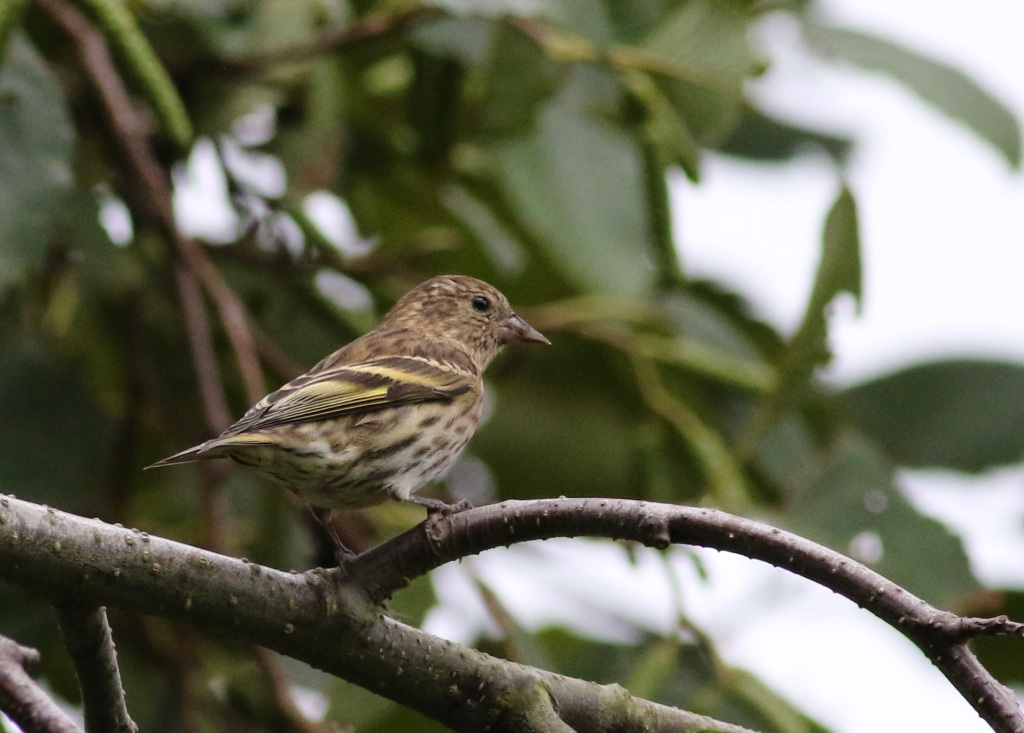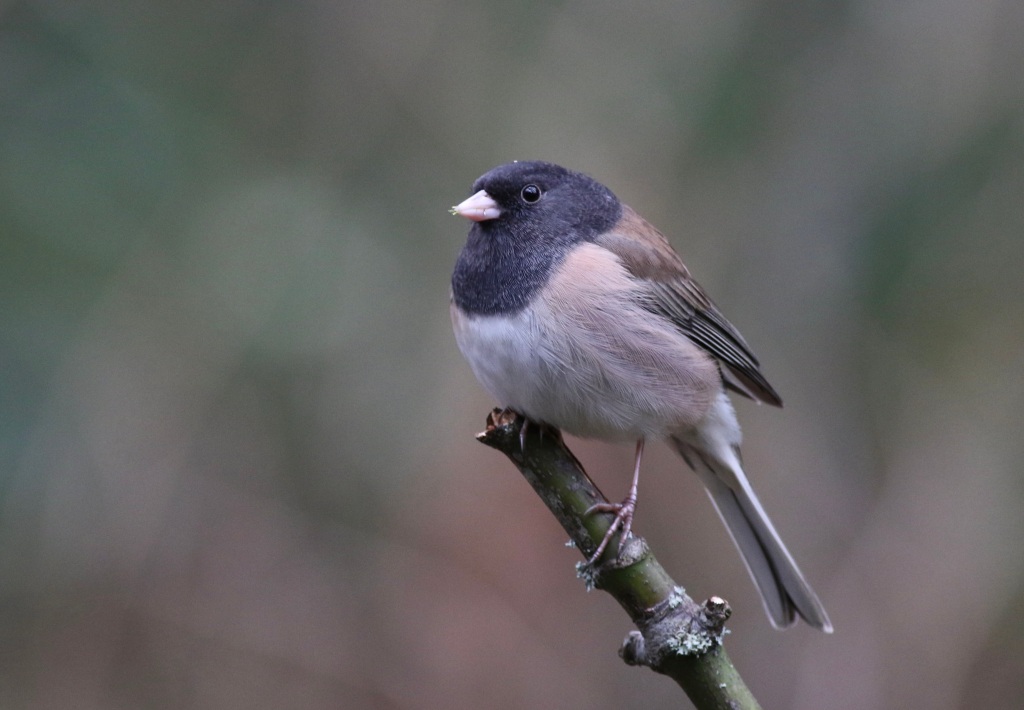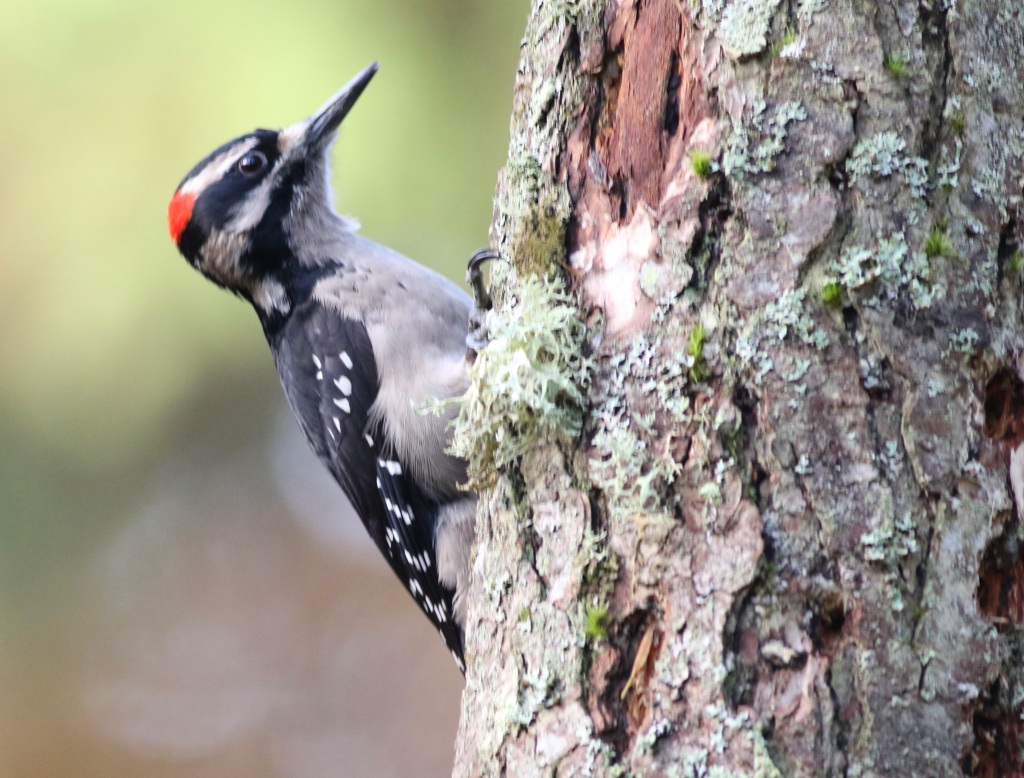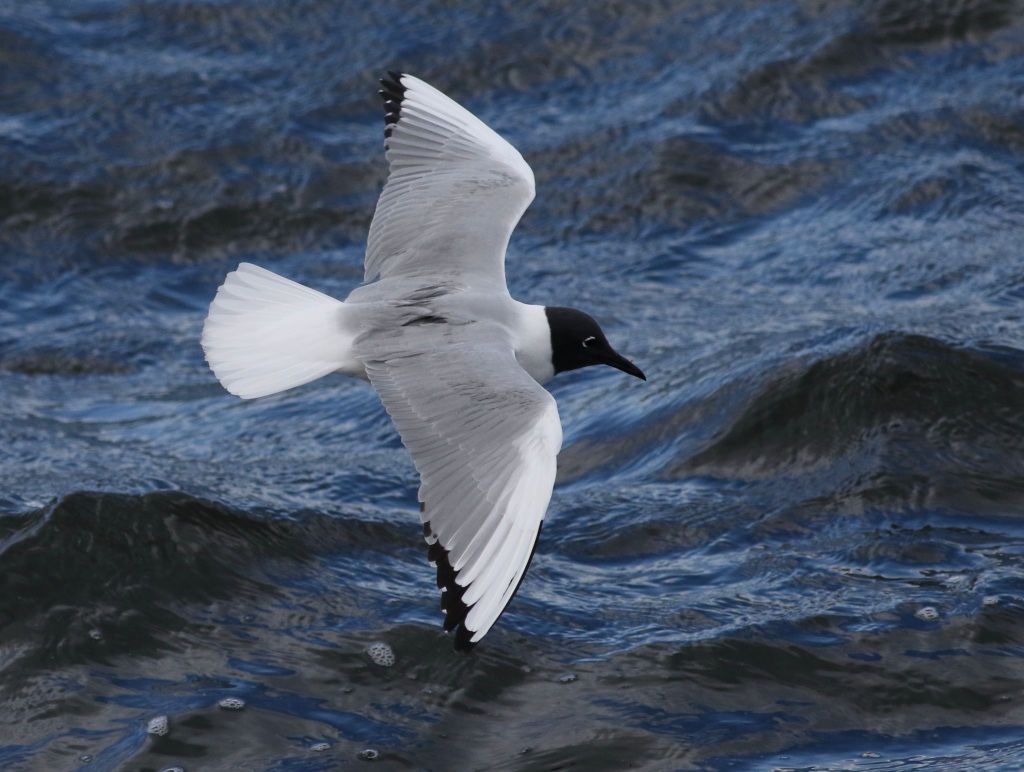
This week’s photo, taken April 22, 2024 from the pier in Edmonds, WA, features a BONAPARTE’S GULL in breeding plumage.
Besides being the smallest of North America’s most common gulls, the Bonaparte’s also ranks as one of our cutest gulls. At least that’s one person’s opinion.
If you thought this gull was named after the French emperor Napoleon Bonaparte, you’d be wrong, but you might receive partial credit for that guess. It’s named for Charles Lucien Bonaparte, a French ornithologist who also happened to be Napoleon’s nephew.
Bird cards and prints: http://joe-sweeney.fineartamerica.com

